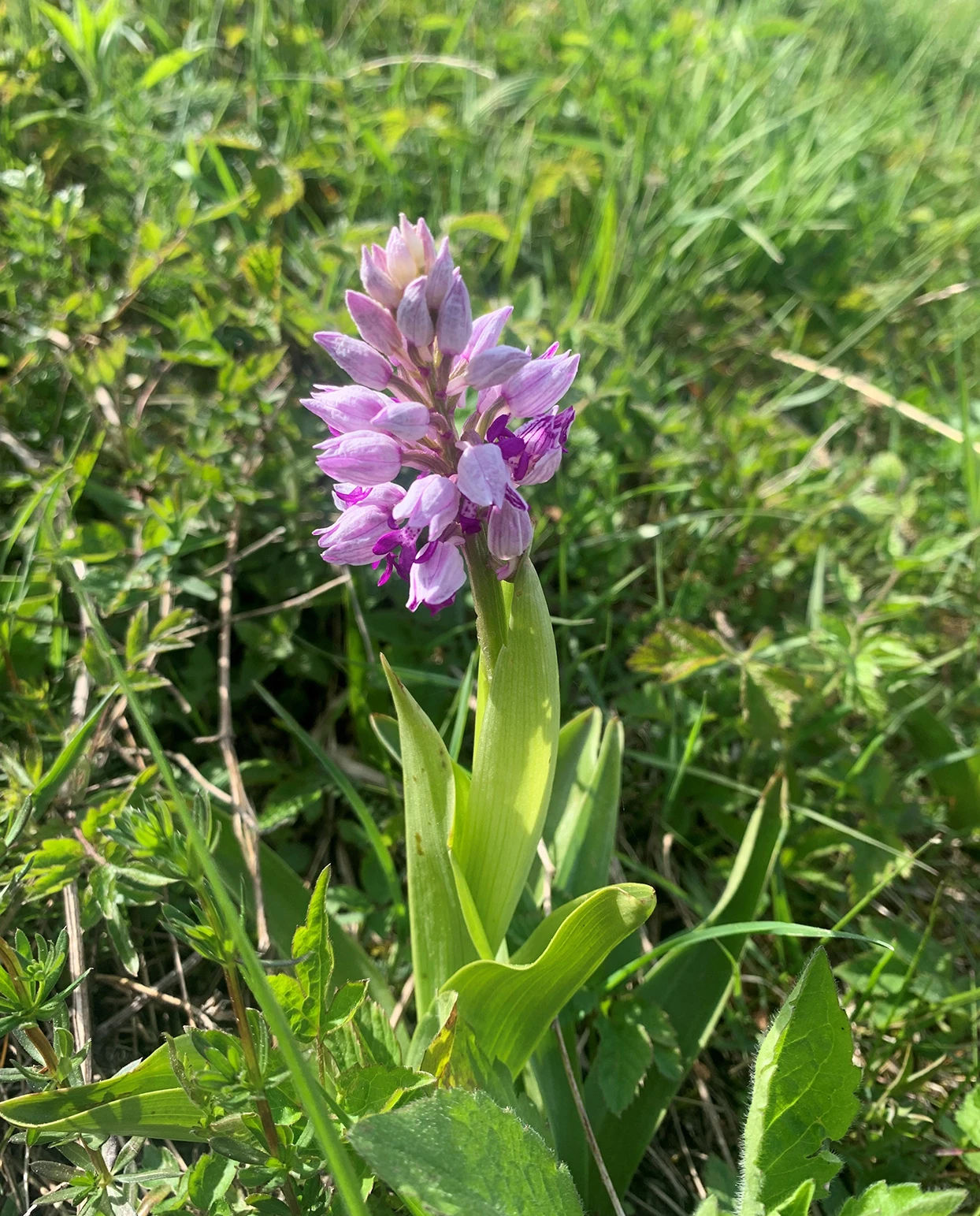The LIFE nature project LIFE Riverscape Lower Inn serves to achieve important goals of the Fauna Flora Habitat (FFH) and Bird Protection Directive within the scope of the European Natura 2000 network. It also makes an important contribution to the implementation of the EU Water Framework Directive, which aims at achieving the excellent ecological potential for the Lower Inn.
Furthermore, the project fits into other EU-funded packages of measures that are currently being implemented in the region. The INTERREG project “Innsieme” focuses on cross-border topics of species conservation and environmental education on the Inn. In the INTERREG project “Bachlandschaften” (Streamscapes), land restoration measures and ecological upgrades on four tributaries of the Inn and Danube will make contributions to flood defence and above all to promoting the diversity of species and habitat.
Near-natural by-pass waterbodies
By 2028, the project partners in Bavaria and Upper Austria will implement numerous measures for the ecological development of the riverscape on the Lower Inn between Braunau-Simbach and Schärding-Neuhaus. These include near-natural bypass waterbodies at the Inn power plants at Braunau-Simbach and Egglfing-Obernberg.
Waterbody Habitat
Further implementation steps are taken to create waterbody habitat in the power plant areas of the Inn power plants at Ering-Frauenstein, Egglfing-Obernberg and Schärding-Neuhaus.
Embankments and Dykes
Over a distance of 40 kilometres, the embankments and dykes at a total of four Inn power plants have also been optimised and preserved as a habitat for protected species of flora and fauna for the long term with targeted maintenance measures.
Insects, Birds, Amphibians
Further measures in the dammed wetlands should significantly improve the nature conservation quality of the riparian forests and create additional habitats for insects, birds and amphibians. In order to make the riverscape a better place for the population to experience, but without putting conservation targets at risk, a cross-border visitor management concept has been developed and implemented for the Lower Inn European conservation area in close consultation with the project partners.



